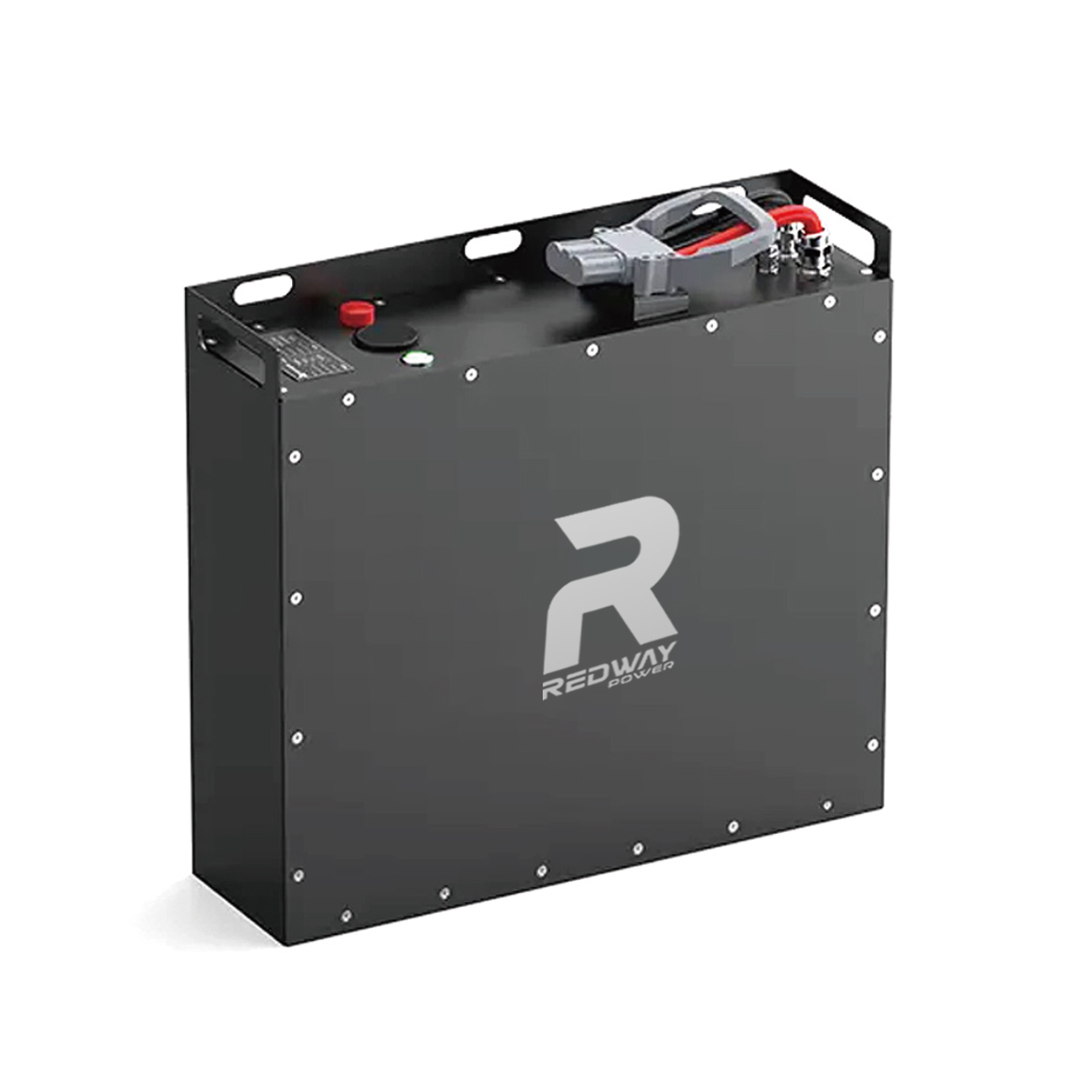Deep Cycle LiFePO4 Batteries Manufacturer
Looking for a business partner from whom you can buy deep cycle lithium batteries at wholesale price? We got you covered. Learn more about how we can work together.
Redway Lithium ion Battery Factory has been diligently striving to unlock the mysteries of transforming deep cycle LiFePO4 Batteries into a profitable venture. Discover the inner workings of LiFePO4 Batteries, explore their advantages, various categories, extensive product line, exceptional craftsmanship, and a plethora of other fascinating details by simply clicking the button below!
We are a Lithium Battery OEM Factory
Redway is dedicated to the domains of 12V, 24V, 36V, 48V, 60V, 72V, 80V, 96V, 100V Deep Cycle Lithium Iron Phosphate Batteries, RV lithium battery, Marine battery, Rack-mounted lithium battery, Golf cart lithium battery and Forklift lithium batteries. Their ultimate goal is to fulfill the diverse energy needs of customers by providing comprehensive energy service solutions. These solutions encompass a range of offerings, including lithium-ion battery energy storage products, smart hardware solutions, energy investment, and operational services, among others.
Don’t you find what you are looking for?
Just tell us your detailed requirements. The best offer will be provided.
Blog
Rack Units Commissioning Checklist for LiFePO4 Battery Systems
December 27, 2025
No Comments
Commissioning rack units ensures reliable, safe, and scalable energy storage for LiFePO4 batteries. It involves pre-installation checks, assembly, electrical testing, load trials, and ongoing inspections
What Are Installation Space Cooling Requirements?
December 27, 2025
No Comments
Proper cooling and ventilation in battery and electronics installation spaces prevent overheating, extend equipment life, and reduce safety risks. Maintaining airflow and temperature control ensures
How to Configure Multiple Battery Units for Higher Voltage or Capacity?
December 27, 2025
No Comments
Configuring multiple LiFePO4 batteries allows businesses to achieve higher voltage or greater capacity for forklifts, golf carts, solar systems, and energy storage. Series connections increase








